What Makes Qeshm Island Unique?
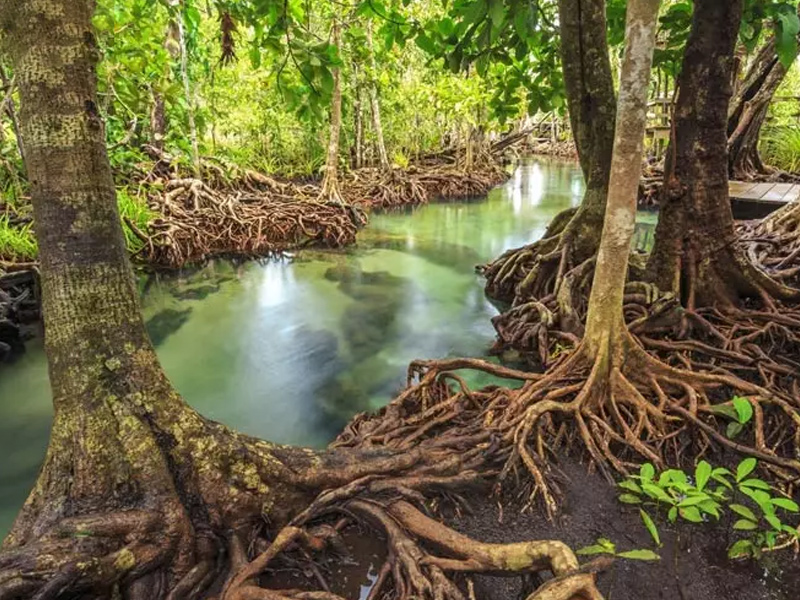
Tucked away in the shimmering waters of the Persian Gulf lies a hidden gem that few travelers outside the region know about—Qeshm Island. With its raw natural beauty, fascinating geological formations, and rich cultural heritage, Qeshm is not just Iran’s largest island, but also one of its most captivating. But what exactly makes Qeshm Island so unique? Whether you’re a nature lover, history buff, or simply an adventurer at heart, Qeshm offers a one-of-a-kind experience that deserves a closer look.
A Natural Wonder in the Persian Gulf
The Largest Island in the Persian Gulf
Spanning over 1,500 square kilometers, Qeshm Island is the largest island in the Persian Gulf. Unlike many other popular islands that are commercialized and crowded, Qeshm remains largely untouched. This gives visitors a rare opportunity to explore vast natural landscapes with minimal interference from modern infrastructure.
Hara Forests: The Floating Mangroves
One of the most extraordinary natural features of Qeshm is the Hara Forests. These mangrove forests appear to float on water, stretching across thousands of hectares. They serve as vital breeding grounds for birds, fish, and reptiles, and attract eco-tourists and researchers from around the world. Birdwatching in these tidal forests during migration season is a peaceful, awe-inspiring experience.
Geological Marvels: The Valley of Stars and Chahkooh Canyon
Qeshm is often referred to as Iran’s geologic paradise, and with good reason. The island is home to two of the Middle East’s most fascinating natural landmarks:
- Valley of Stars: This surreal landscape, shaped by wind and rain over millions of years, resembles something from another planet. Local legends even suggest that stars once fell here, giving the valley its name.
- Chahkooh Canyon: Carved by natural erosion, this canyon features narrow passageways, vertical walls, and water wells that have been used for centuries by local residents. It’s a popular site for photography and hiking.
Rich Culture and History
A Blend of Persian, Arab, and African Influences
Qeshm’s strategic location has made it a cultural melting pot for centuries. Its inhabitants speak a local dialect of Persian, but you’ll also find Arabic and traces of African influence in their music, clothing, and customs. This diversity is most evident during traditional ceremonies, such as the Zār ritual, which is believed to expel evil spirits through music and dance.
Ancient Sites and Portuguese Fortresses
Qeshm’s history goes back to the pre-Islamic era, but it is perhaps best known for the Portuguese Fort, built during the 16th century. This red-stone fortress is a reminder of the time when European powers vied for control of strategic trade routes in the Gulf. Other notable historical sites include:
- Khorbas Caves, once used as dwellings and possibly for worship.
- Tala Wells, ancient freshwater reservoirs built with unique engineering techniques to collect rainwater in arid climates.
Ecotourism and Wildlife
Protected Areas and Biosphere Reserves
Qeshm is home to Iran’s first and only geopark, recognized by UNESCO for its unique geological and ecological features. The Qeshm Island Geopark includes a wide range of habitats, from coral reefs to salt caves, supporting numerous endangered species.
Wildlife Watching
Nature enthusiasts will enjoy spotting dolphins near Hengam Island, just a short boat ride away. Qeshm is also a haven for sea turtles, especially the endangered Hawksbill turtle, which nests on the island’s sandy beaches.
Sustainable Tourism and Local Hospitality
Unlike mass tourism hotspots, Qeshm promotes sustainable travel. Many accommodations are eco-friendly, and local guides often lead small-group tours, ensuring that tourism does not harm the fragile environment. Visitors are frequently welcomed into traditional guesthouses, offering a chance to experience authentic southern Iranian hospitality.
Getting to Qeshm Island
Qeshm is easily accessible by air or sea. The island has an international airport with regular flights from Tehran and other major Iranian cities. Ferries also operate from Bandar Abbas on the mainland, making it a convenient destination for domestic and international travelers alike.
Why Qeshm Island Deserves a Spot on Your Travel List
Qeshm Island is a rare combination of natural wonders, rich history, and cultural depth—all without the commercial pressures that define many other destinations. Whether you’re exploring salt caves, sailing through mangroves, or enjoying fresh seafood with local villagers, the island offers a journey that feels both ancient and refreshingly genuine.
If you’re looking for an off-the-beaten-path destination that stays with you long after your trip ends, Qeshm Island just might be the answer.
Have you ever been to Qeshm or are planning a visit? Share your thoughts or questions in the comments below—and if you’re curious about other hidden gems in Iran, check out our related articles for more travel inspiration.

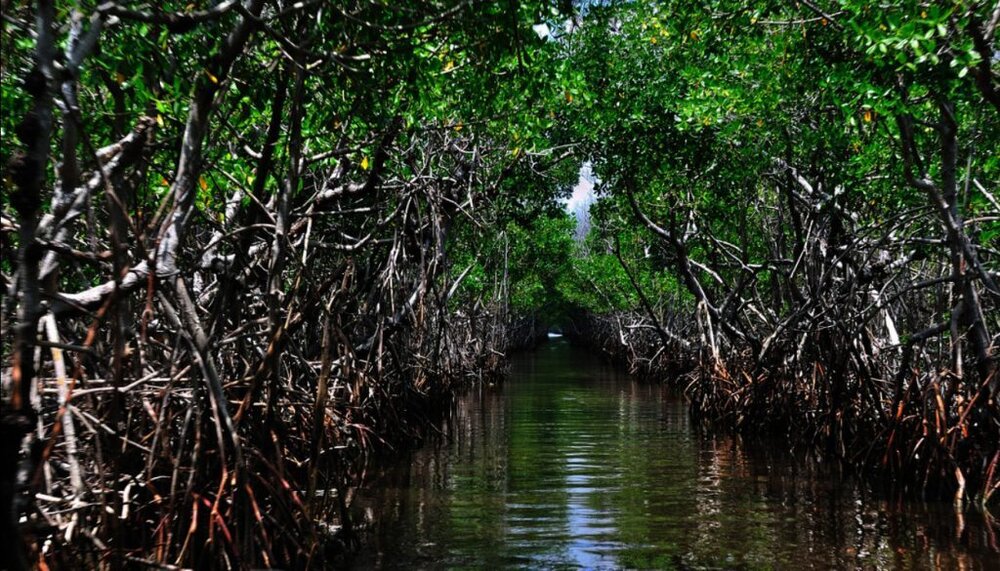

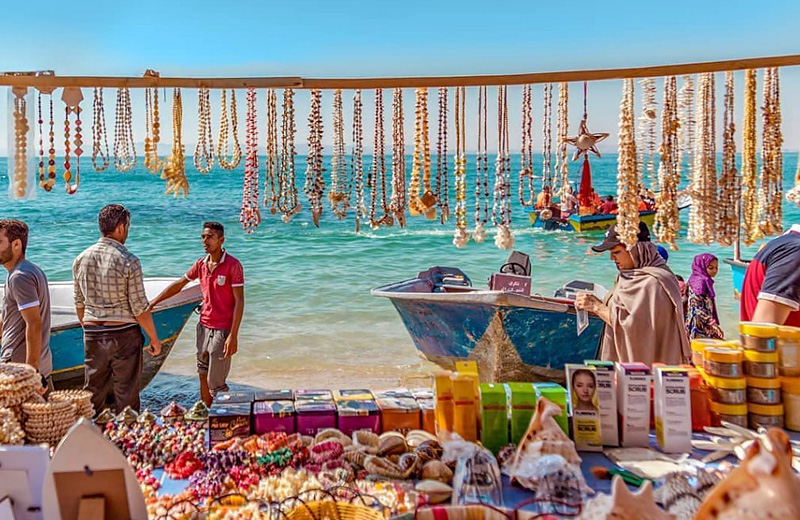







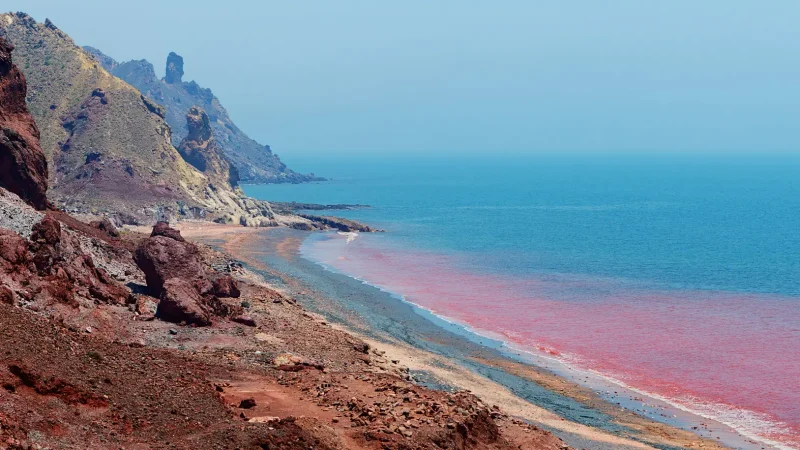
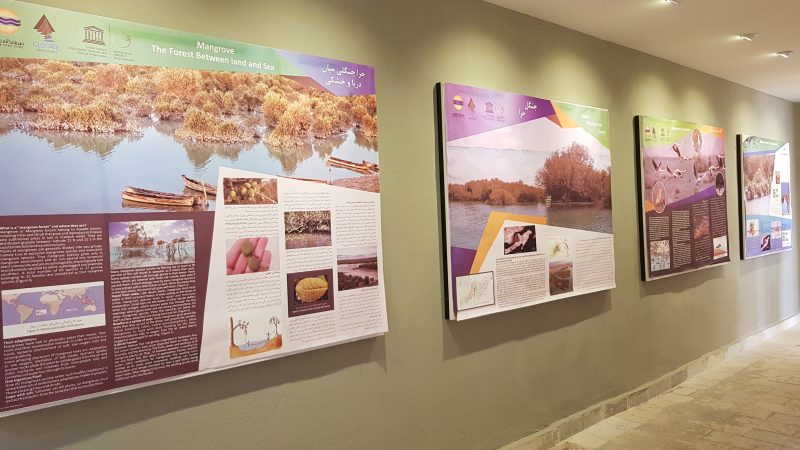

بدون Comment